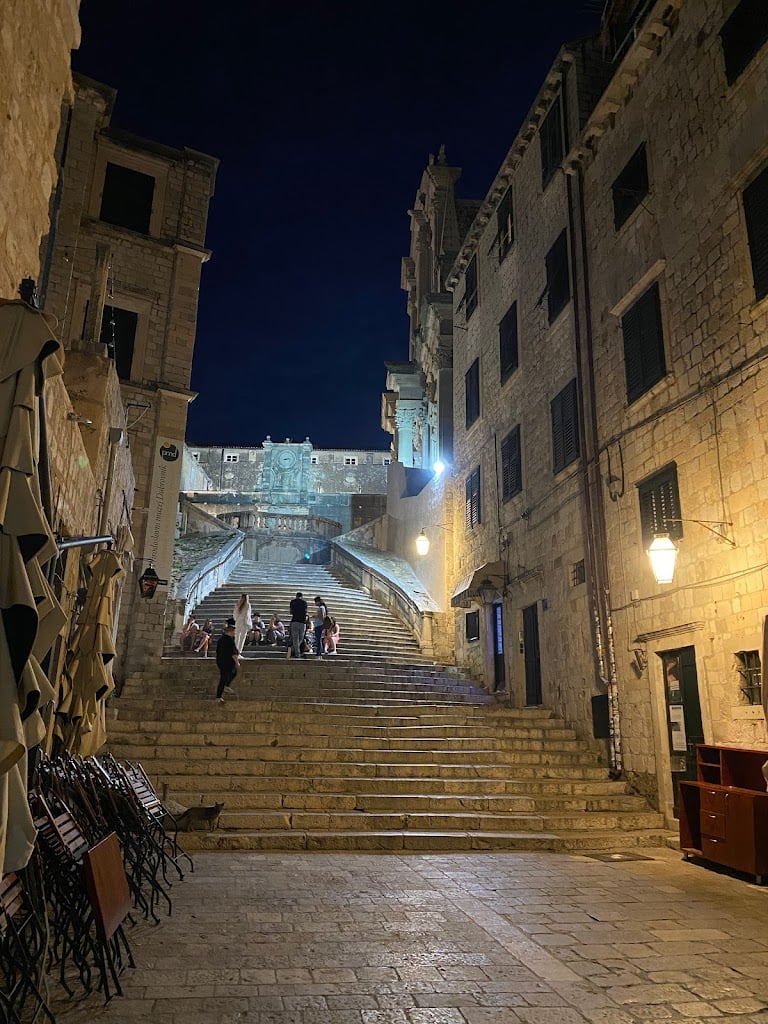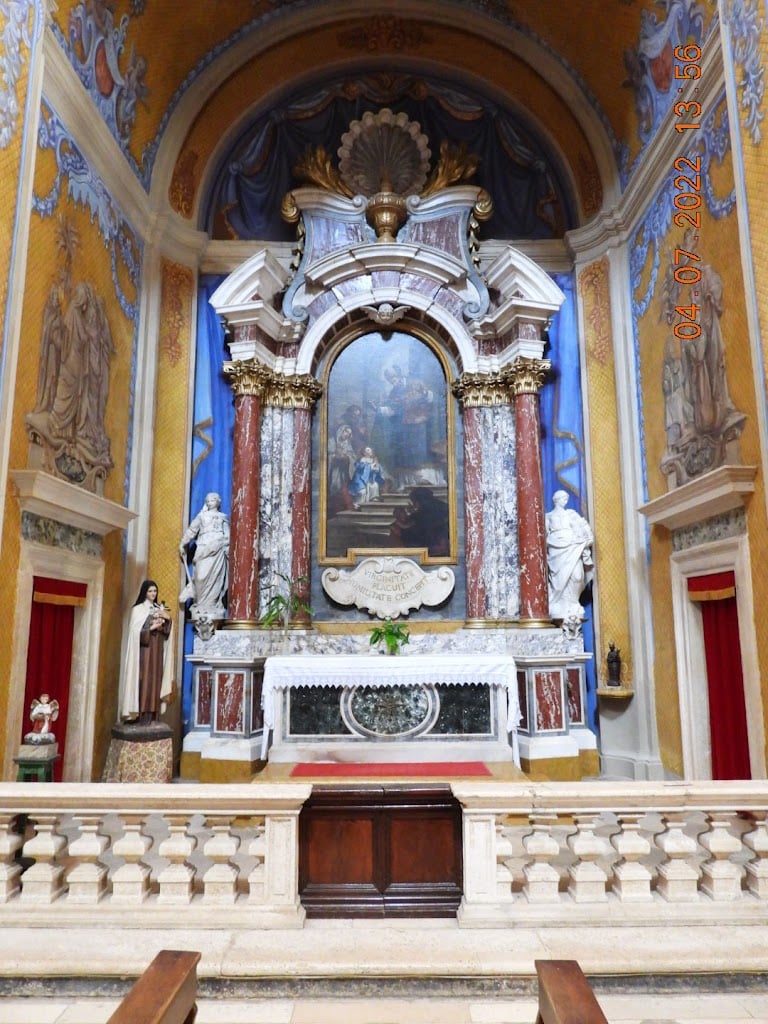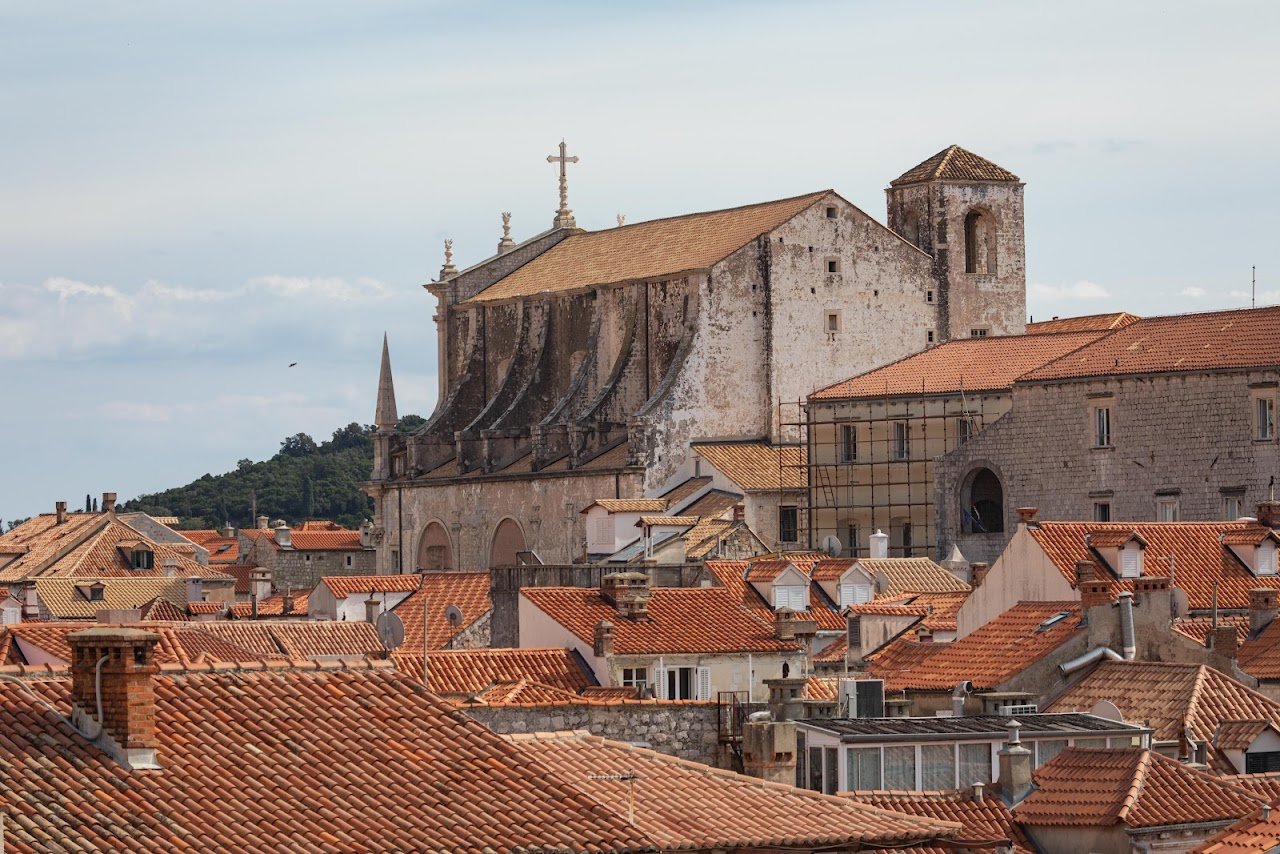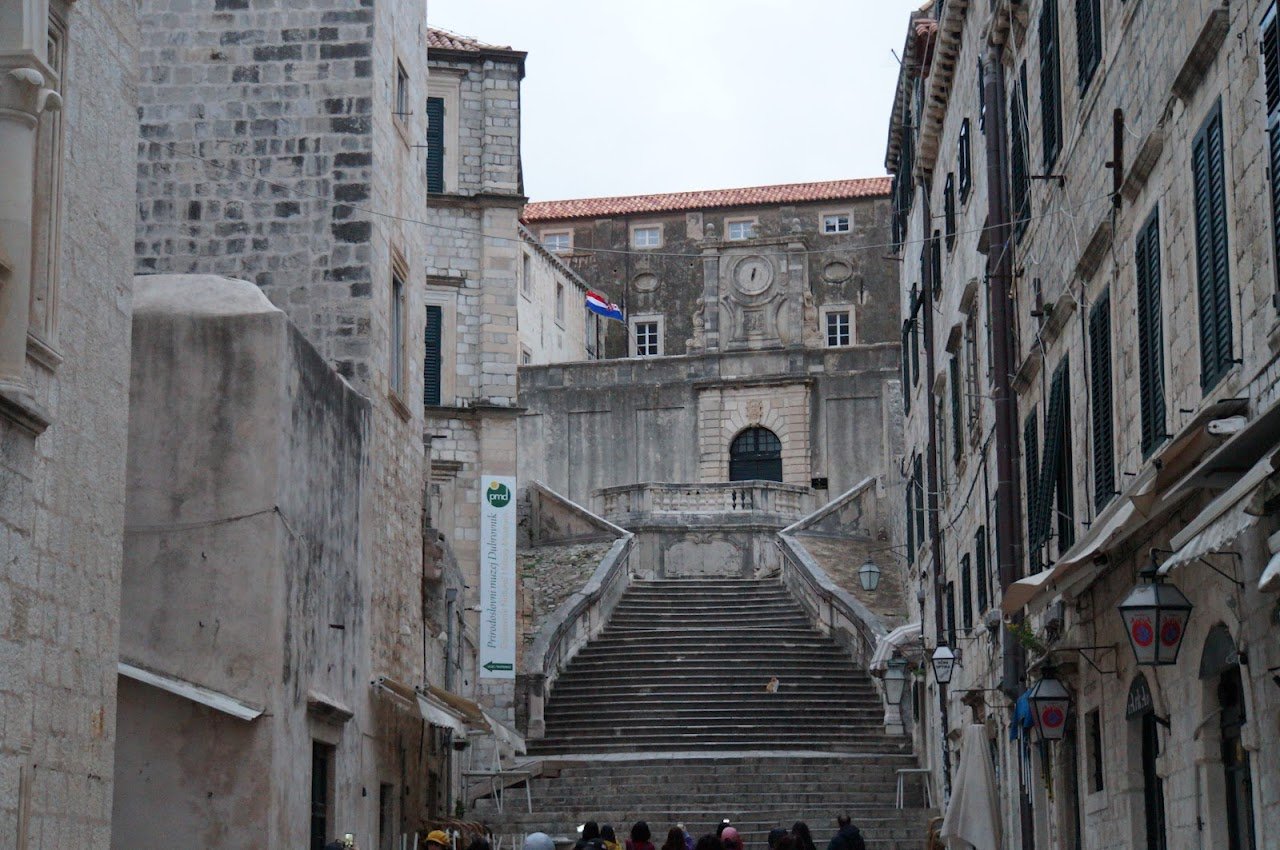Church of St. Ignatius





Ask ThatchGPT
Suggest a local expert to plan my trip
Suggest an unique itinerary for my Dubrovnik trip
What foods do Dubrovnik locals eat
What are some true hidden gems in Dubrovnik
Help me brainstorm trip ideas for Dubrovnik
Help me plan a family-friendly trip to Dubrovnik
What people say
Pedro Pereira
Available for hire
"On the south side of Gundulić Square, a monumental Baroque staircase ascends to Poljana Ruđera Boškovića, where the Church of St. Ignatius and Collegium Ragusinum, Dubrovnik's esteemed Jesuit college, are situated. This urban complex is often regarded as one of the finest examples of Baroque architecture in Dubrovnik and the entire Croatian coast.
The origins of the college can be traced back to 1555 when Bishop Beccaddeli expressed dissatisfaction with the Italian scholars present in Dubrovnik and requested the newly established Jesuit order to open a college. However, it wasn't until 1647 that the project gained traction, aided by the legacy of Marin Gundulić, a Jesuit from Dubrovnik. Jesuit Rector Gianbattista Canauli initiated a plan in 1653 to regulate the urban layout of the area and allocate space for the church and college. The initial phase of the project involved demolishing several houses, but work was halted by the Great Earthquake of 1667. Efforts resumed towards the end of the century, with the renowned Jesuit architect and painter Iganzio Pozzo called to finalize the designs, which he completed by 1703, with construction finishing in 1725.
The Church of St. Ignatius is characterized by a single nave, flanked by side chapels and a semicircular divided apse. Its interior is adorned with stunning Baroque frescoes depicting scenes from the life of St. Ignatius de Loyola, painted by Gaetano Garcia. These frescoes complement the church's ambiance, creating a breathtaking visual experience for visitors.
Notably, the church's belfry houses the oldest bell in Dubrovnik, cast in 1355 by Viventius and his son Viator. Adjacent to the church, the Jesuit college building, designed by Ranjina and Canali, features neutral, robust lines that highlight the Baroque façade of the church. The magnificent staircase, designed by the Roman architect Pietro Passalacqua in 1738, has elegantly curved steps that create a visual effect reminiscent of the famous Roman staircase leading from Piazza di Spagna to the Trinità dei Monti. This harmonious blend of architecture and artistry makes the St. Ignatius complex a remarkable highlight of Dubrovnik's rich cultural heritage."
Read more in:
Hannah Hertog
"Near the “Shame” stairs from Game of Thrones 😉"
Mentioned in these guides
About Church of St. Ignatius
Get the inside scoop on Church of St. Ignatius from local experts, travel creators, and tastemakers. Browse genuine trip notes, Church of St. Ignatius reviews, photos, travel guides, and itineraries from real travelers and plan your trip with confidence.
Phone
Save this spot for later or start mapping out a new trip today
Try our AI Travel Assistant and get instant answers to any questions about your trip.
Ask ThatchGPT


